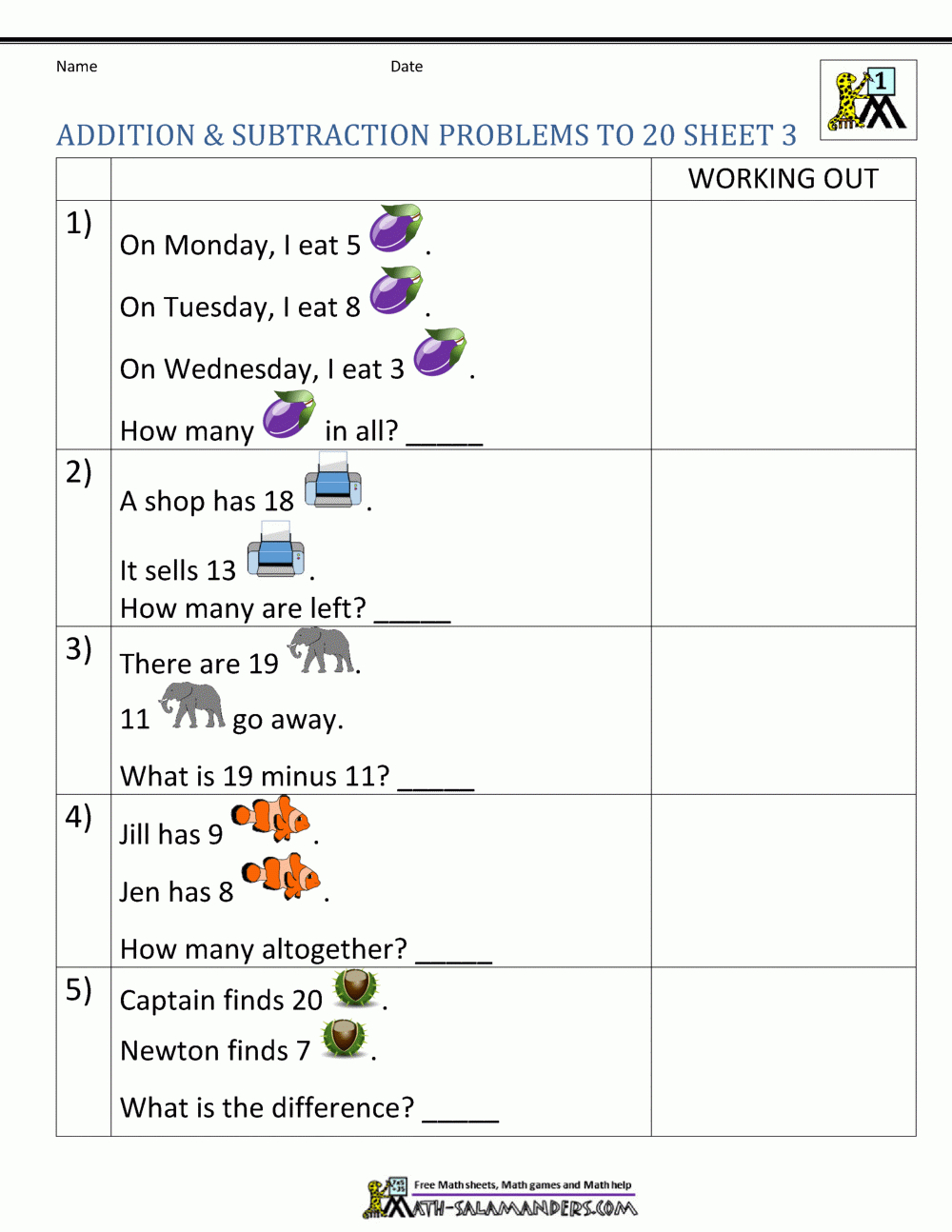

The sum of three consecutive integers is 108.Eleven less than seven times a number is five more than six times the number.

Sixty more than nine times a number is the same as two less than ten times the number.If five is subtracted from three times a certain number, the result is 10.When five is added to three times a certain number, the result is 17.The sum of the first two of three odd consecutive integers, less the third, is 5.įor questions 9 to 16, write and solve the equation describing each relationship.The sum of three consecutive integers is 21.When an unknown number is decreased by 4, the difference is half the unknown number.When an unknown number is decreased by 8, the difference is half the unknown number.Six times an unknown number less 8 is 22.Three times an unknown number decreased by 8 is 22.Twelve more than 4 times an unknown number is 36.Five more than twice an unknown number is 25.Questionsįor questions 1 to 8, write the formula defining each relationship. This means that the three consecutive even integers are 80, 82, and 84. nine less than six times the number is 6x-9.Fifteen more than three times a number is 3x + 15 or 15 + 3x.Multiplication can be seen in written problems with the words “times,” “the product of,” or “multiplied by.”ĭivision is generally found by a statement such as “divided by,” “the quotient of,” or “per.”įifteen more than three times a number is the same as nine less than six times the number. An example of this is “three less than an unknown number,” which is written as x - 3. Subtraction is often written as “less than,” “minus,” “decreased by,” “reduced by,” “subtracted from,” or “the difference of.” Subtraction statements are quite often written backwards. An example of this is “three more than an unknown number,” which is written as x + 3. “Equal” is generally represented by the words “is,” “was,” “will be,” or “are.”Īddition is often stated as “more than,” “the sum of,” “added to,” “increased by,” “plus,” “all,” or “total.” Addition statements are quite often written backwards. Variables that are to be solved for are often written as “a number,” “an unknown,” or “a value.” The best strategy to solve these problems is to identify keywords that can be pulled out of a sentence and use them to set up an algebraic equation. Number-based word problems can be very confusing, and it takes practice to convert a word-based sentence into a mathematical equation.


 0 kommentar(er)
0 kommentar(er)
